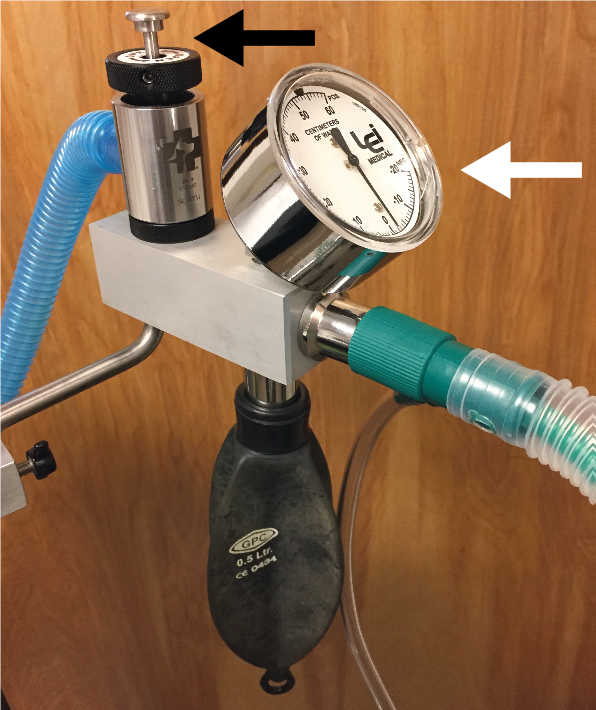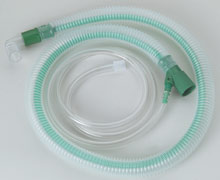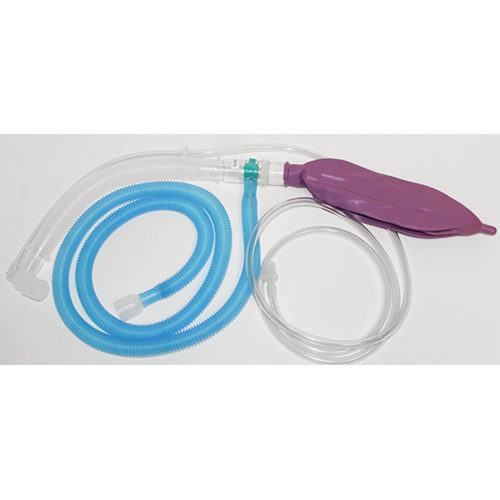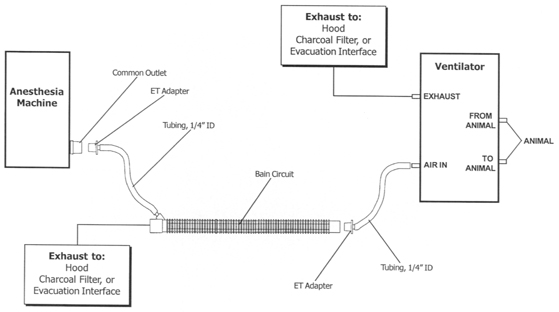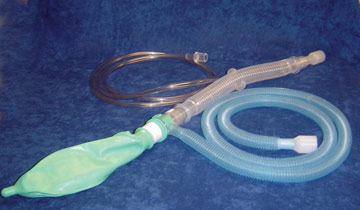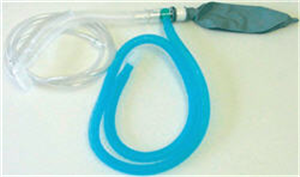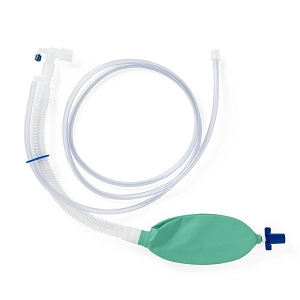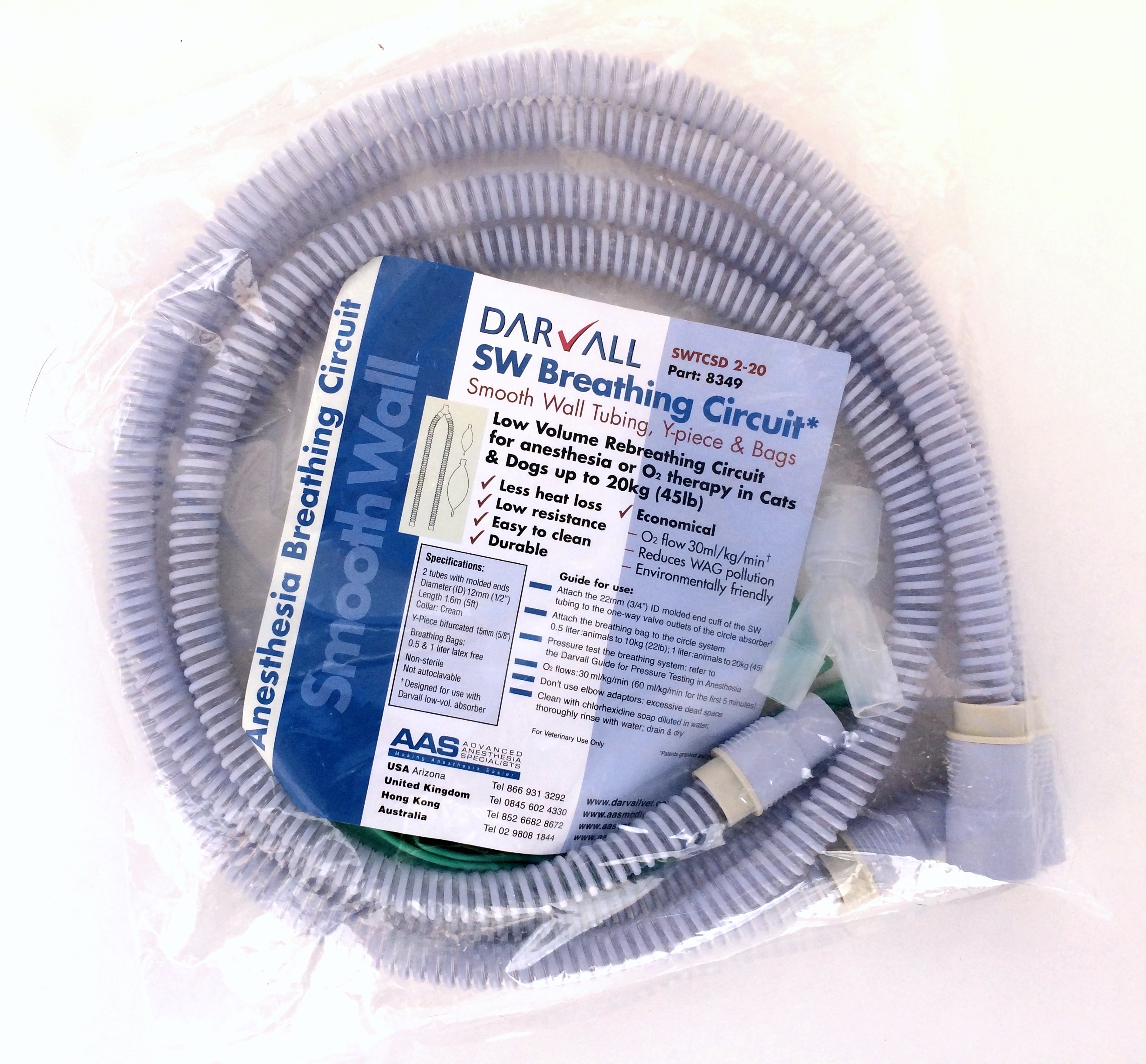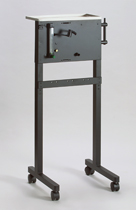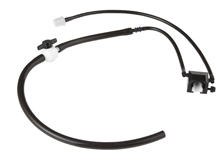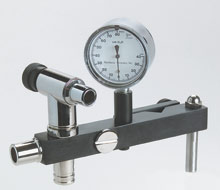Non rebreathing circuit systems require a high fresh gas flow to prevent rebreathing of exhaled gases the removal of co 2 depends on fresh gas flow and a flow rate of 3 times of the patient s minute ventilation this is usually at an oxygen flow rate of 200 250 ml per kg of body weight per minute is recommended.
Non rebreathing circuit cat.
Veterinary anesthesia circuits explained.
Rebreathing circuits eg circle systems depend on functional one way valves to ensure gas flow in one direction and co 2 absorbents to prevent rebreathing of co 2.
Non rebreathing circuits are designed to deliver oxygen and anesthetic gases with less resistance to breathing in small patients under 10 lbs 7 kg.
Non rebreathing circuit nrb bain vs rebreathing circle systems.
And can accelerate the rate of change in inhalant concentration in the anesthetic circuit.
This brief summary of the two most popular anesthesia circuits currently in use is intended as an easy reference to simplify and explain the strengths and advantages of both systems.
If you have active scavenge you may need to use higher flow rates.
These circuits do not use a soda lime canister but instead use specially designed circuits and a higher fresh gas flow to remove carbon dioxide.
Non rebreathing nrb circuits depend upon high oxygen flow rates to prevent rebreathing of co 2.
The oxygen flush valve should never be used when a cat is connected to an nrc.
Oxygen flow rate of non rebreathing circuits.
Use nrb circuits for patients less than 3 kg 7 lbs.







